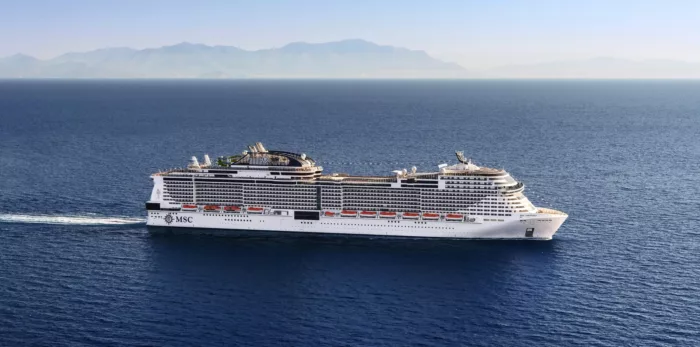
MSC Cruises
MSC Cruises may be headquartered in Switzerland, but the ambience onboard its 23 ships is very much Italian owing to its owners, the Aponte family.
Ships feature a two-storey Mediterranean-style promenade and Instagram-worthy glass staircases filled with Swarovski crystals.
The line’s flagship is the 6,327 passenger MSC Euribia, which is MSC's second ship to run on liquefied natural gas.
3223
Passengers
987
Crew
2010
Launched
95128t
Tonnage
294m
Length
32.2m
Width
23kts
Speed
13
Decks
EUR
Currency
Cruise Itinerary
Ship Details


MSC Cruises
MSC Magnifica
Masterfully combining the relaxed refinement of the Musica Class with the variety and opulence of our Fantasia Class flagships, MSC Magnifica brings cruise travellers the best of both worlds.
Cabins
All Prices














